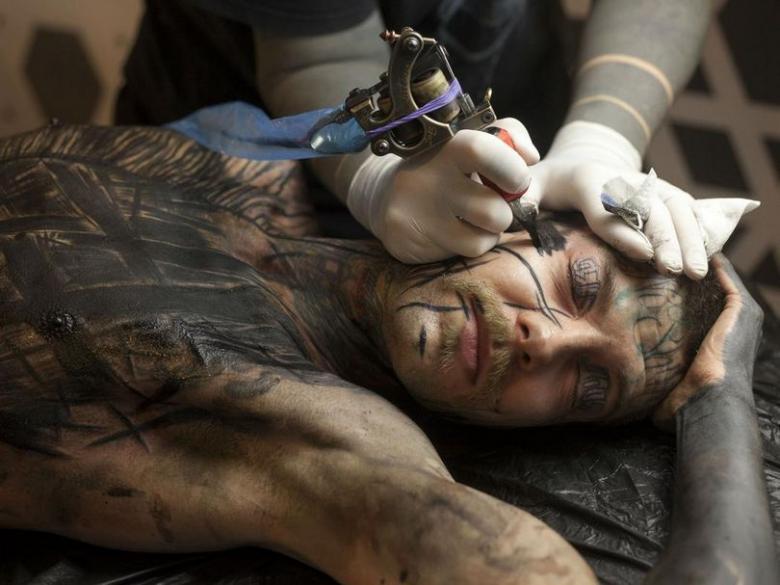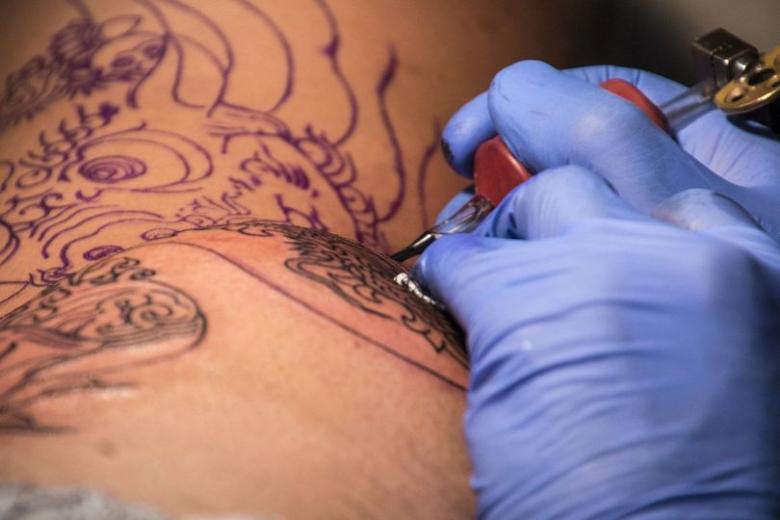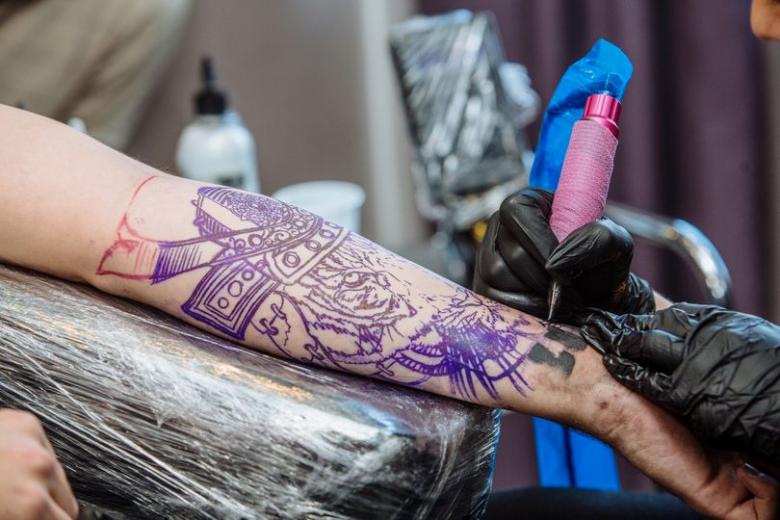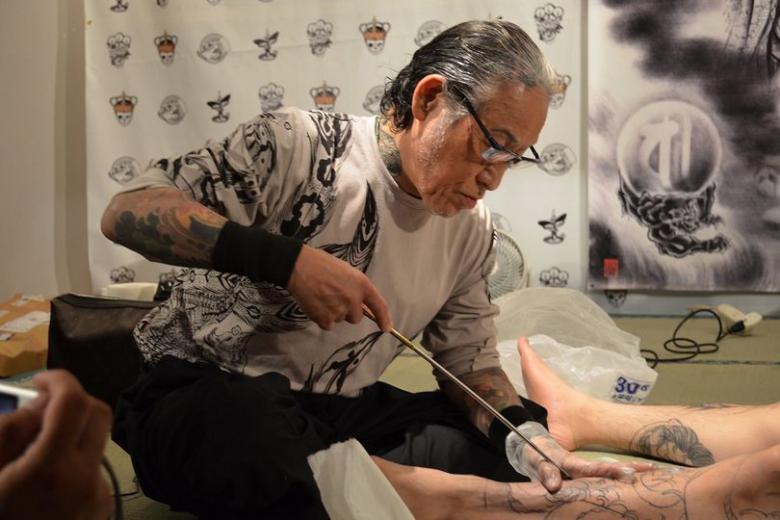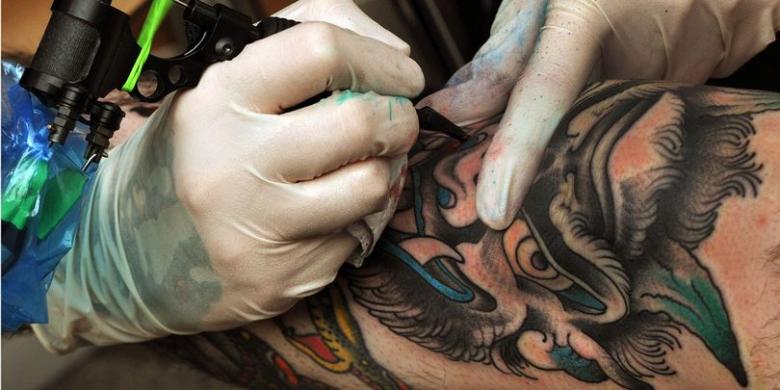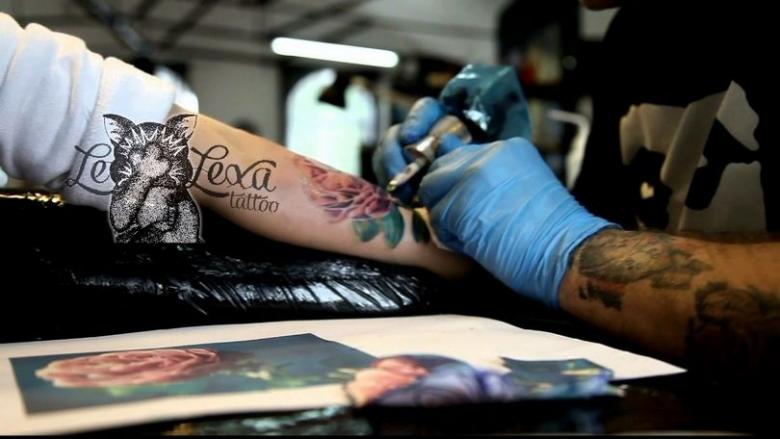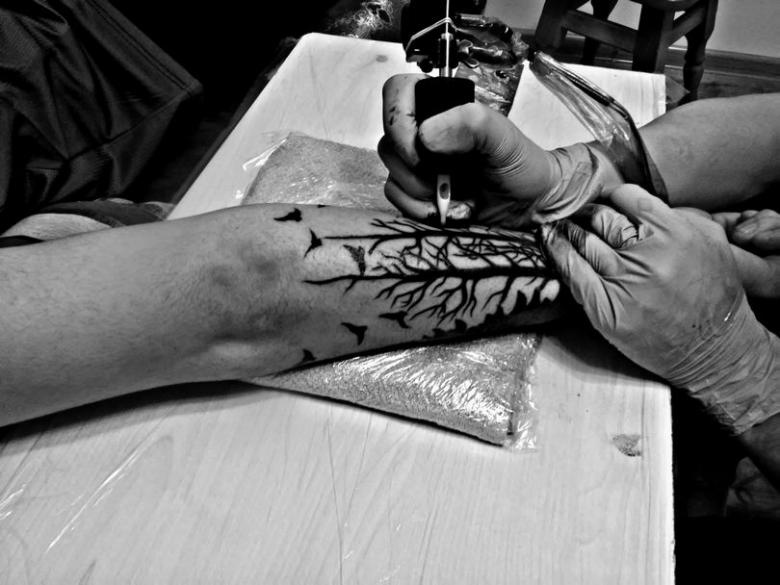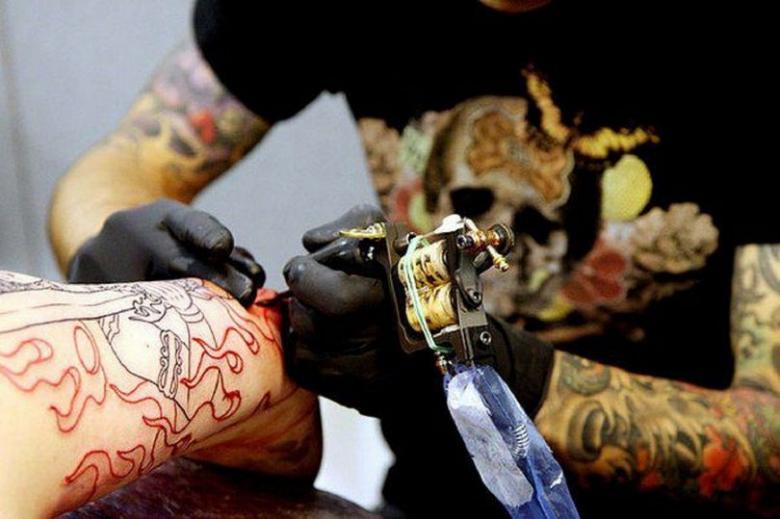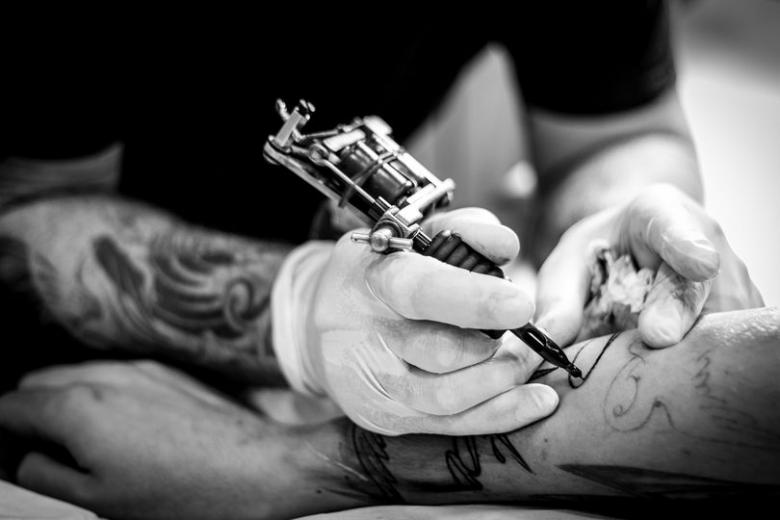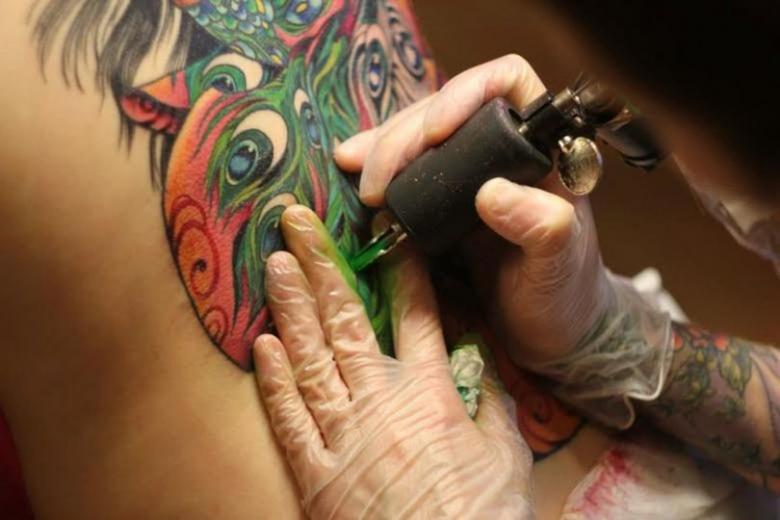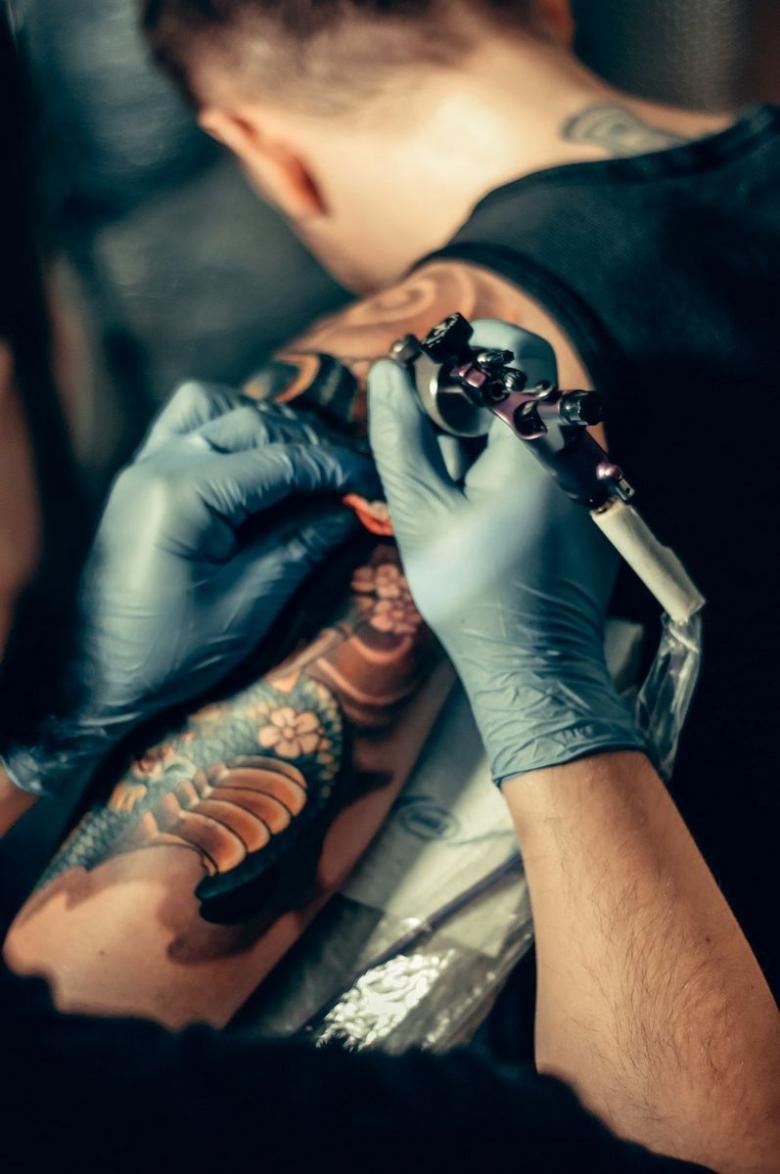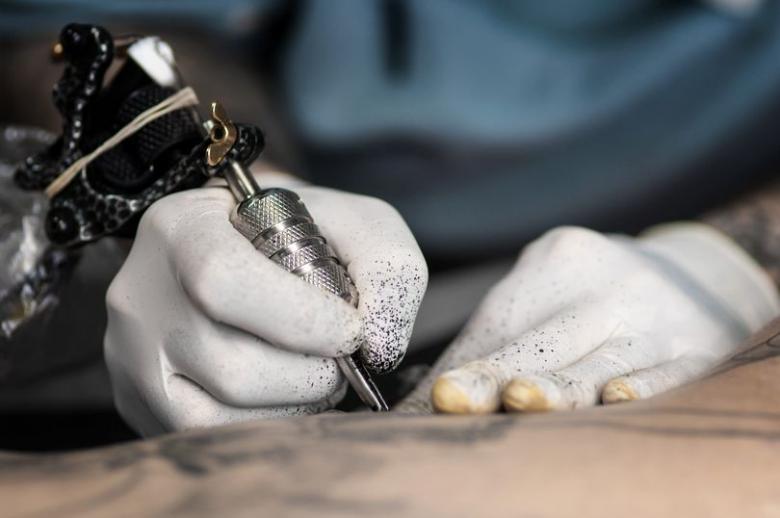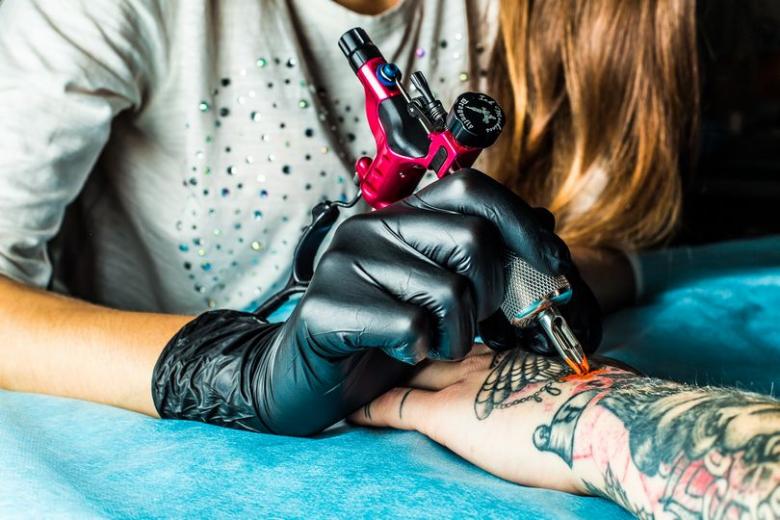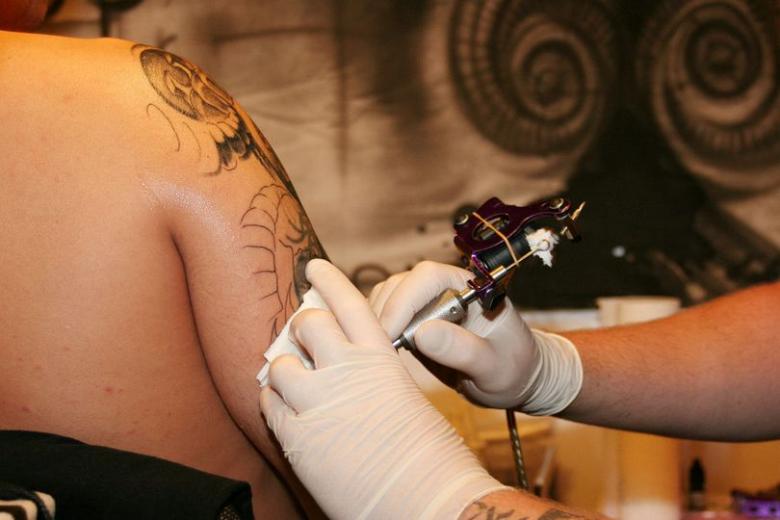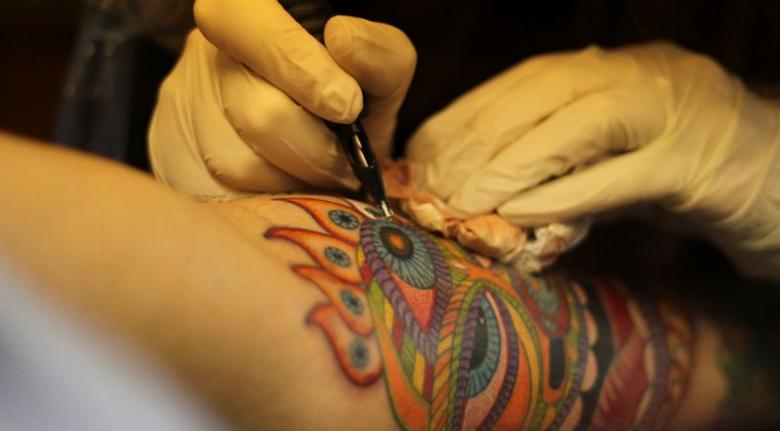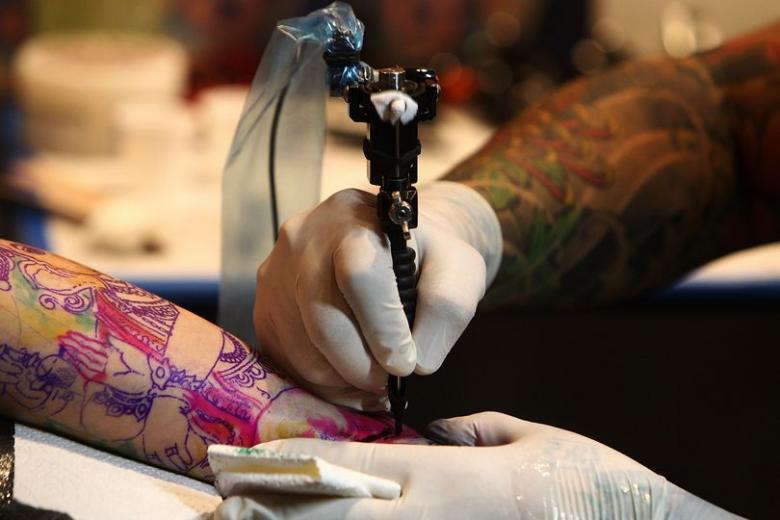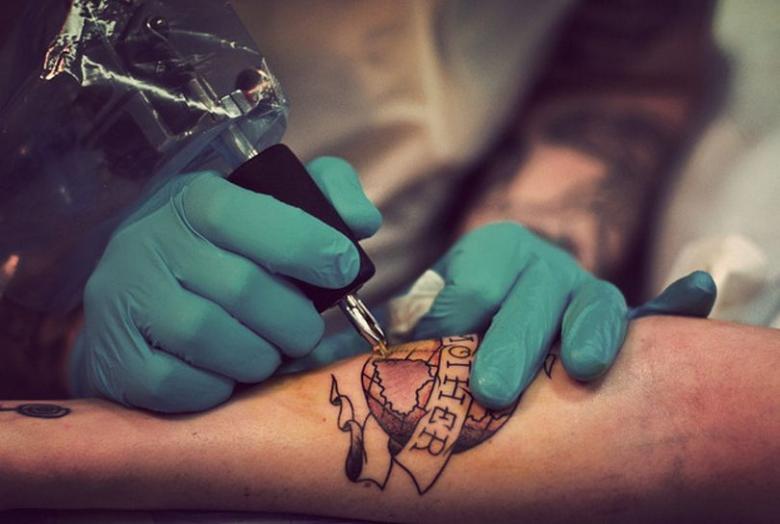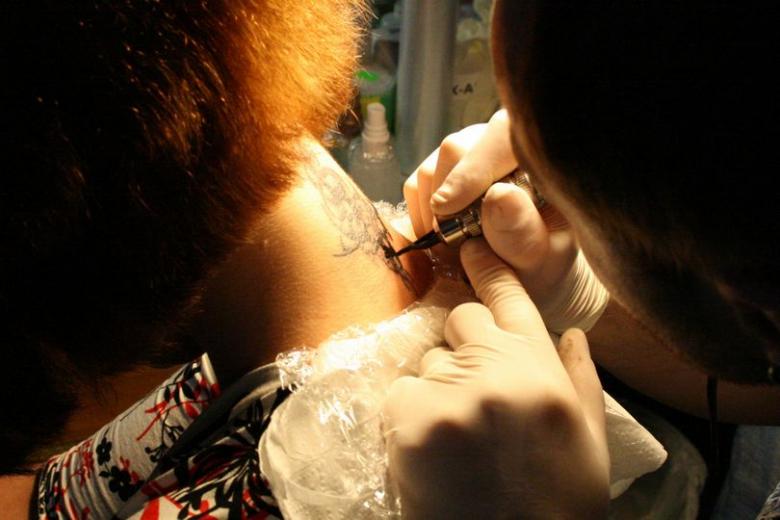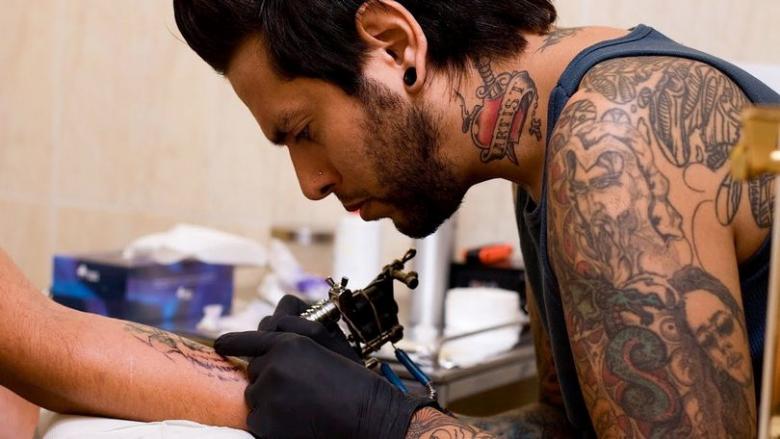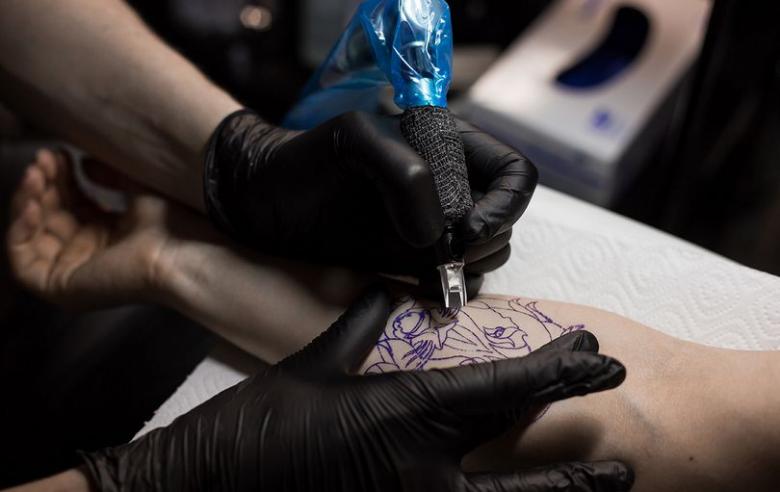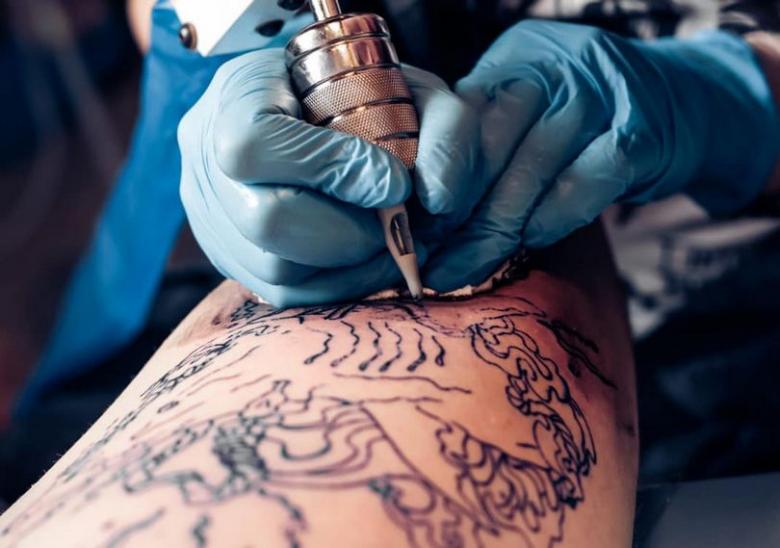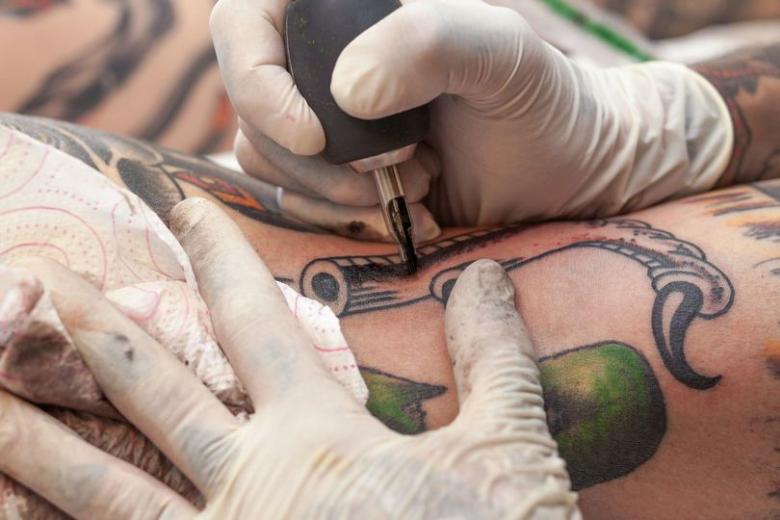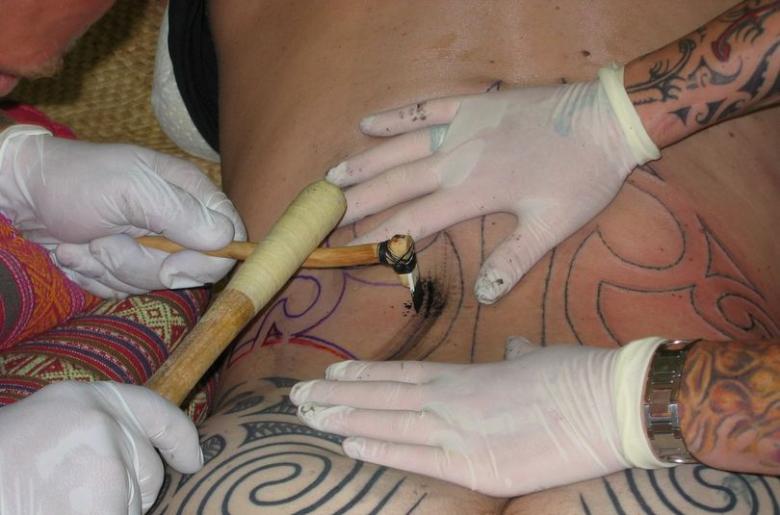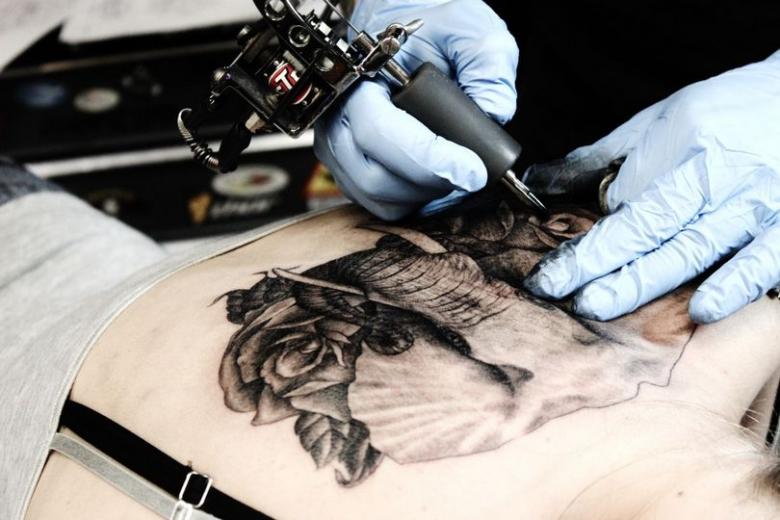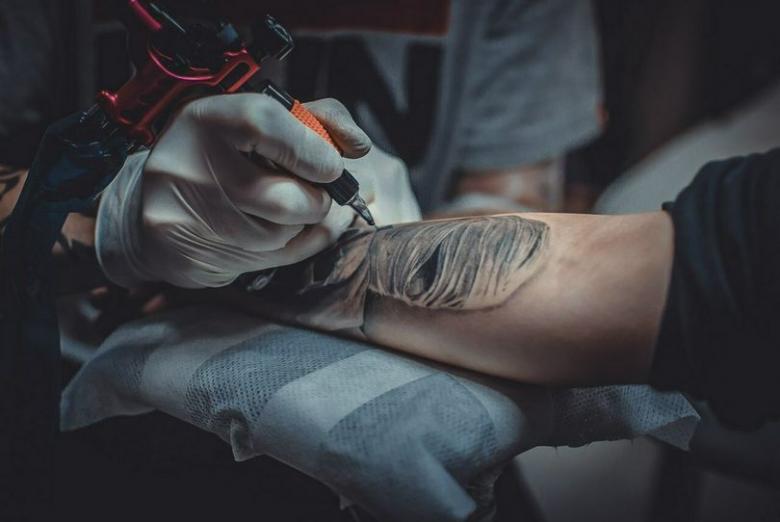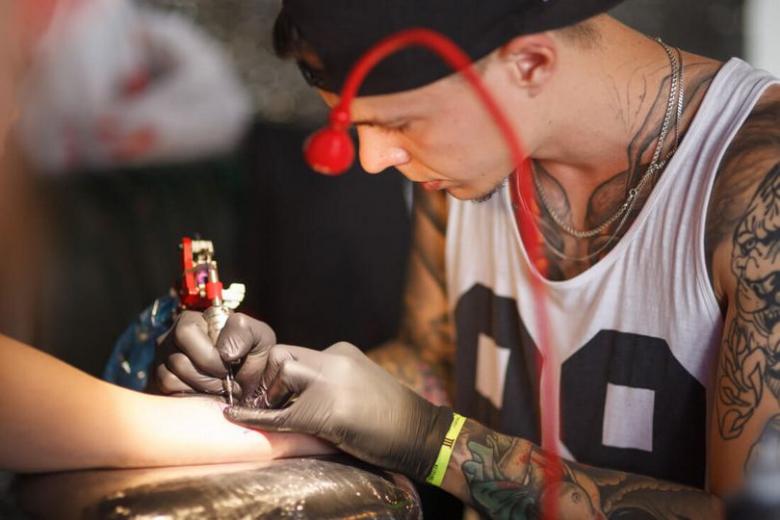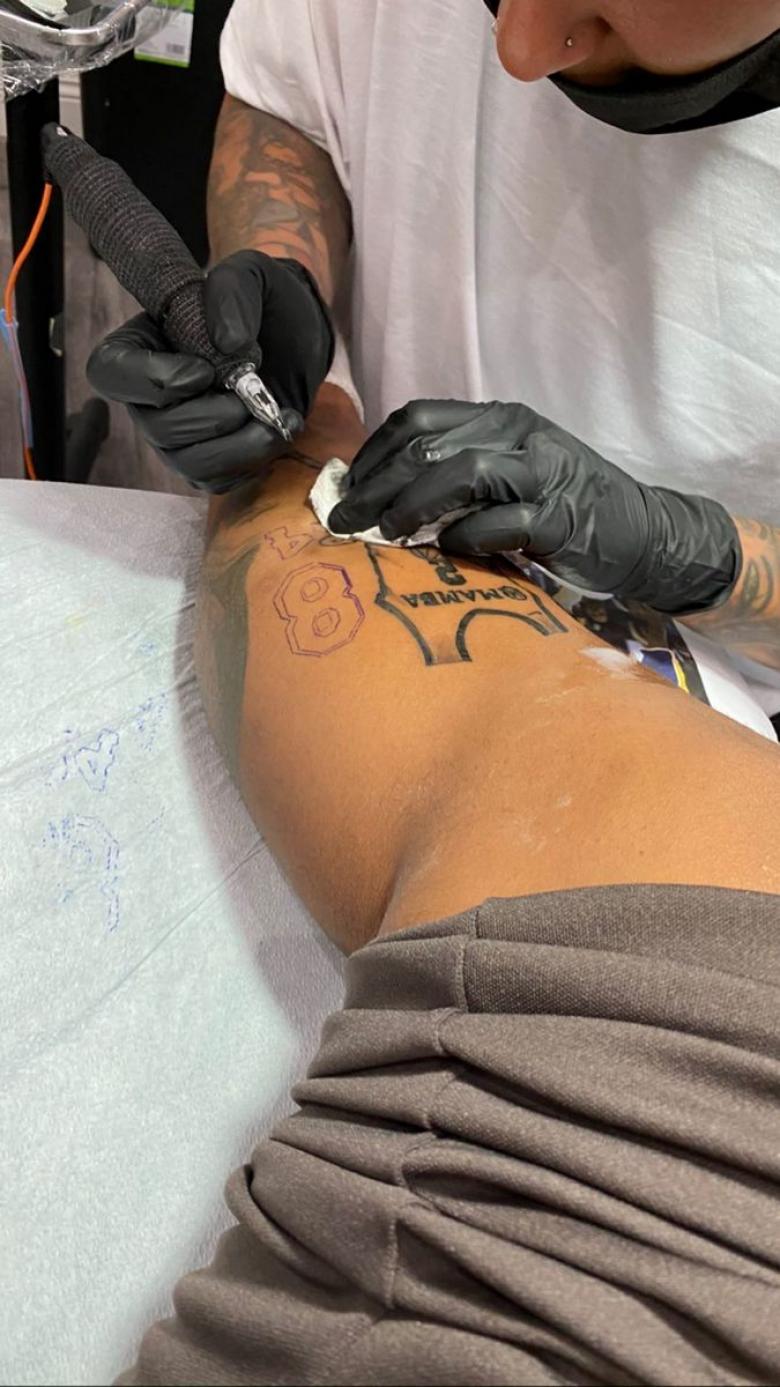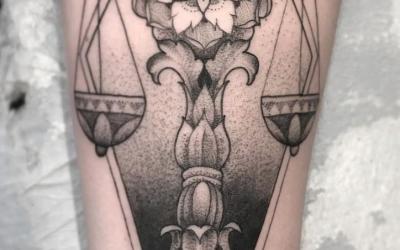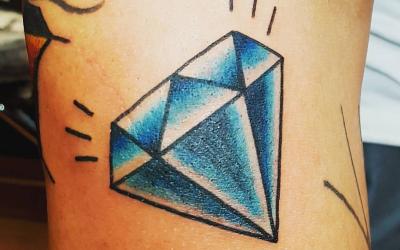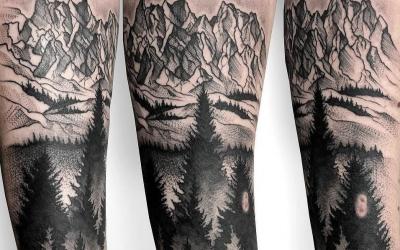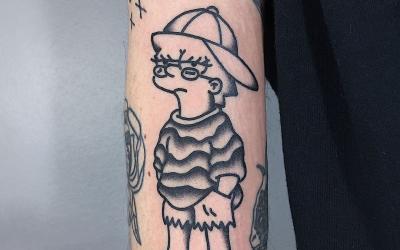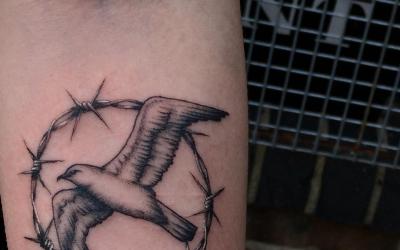History of tattoos - the origin and development, the first exhibition, modern tattoos
Tattoo is one of the ancient art forms. The history of tattooing is varied and interesting. In this article you will learn the reasons for tattooing, when, where and what kind of tattooing was relevant.
Tattoo - what is it?
Tattoo - a drawing on the human skin, created by the introduction of dyed substances under the skin.

It is undoubtedly a type of ancient art, which appeared and evolved among various peoples in almost all corners of the earth.
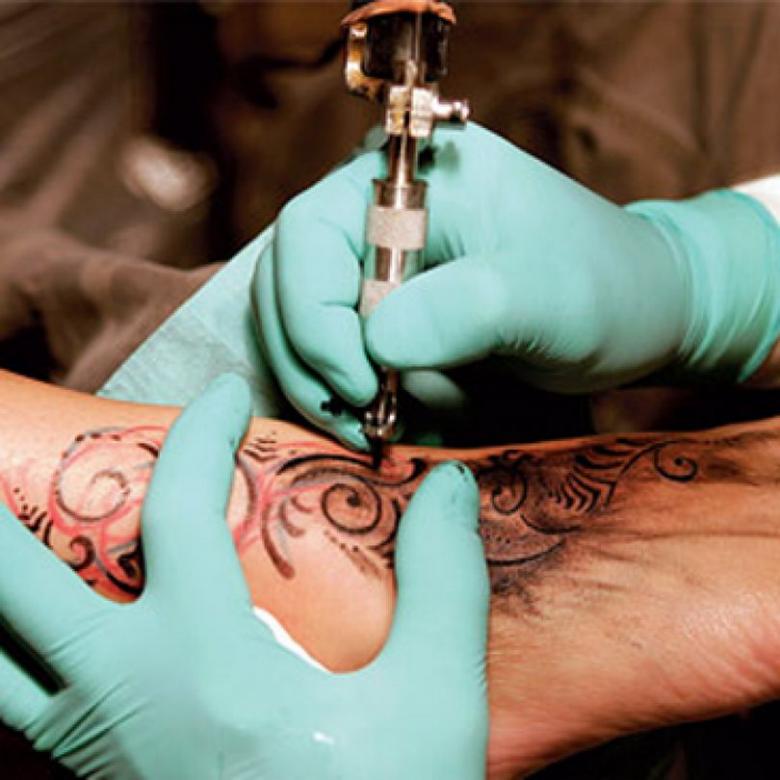
Origin of the word
The origin of the word "tattoo" is not entirely clear, however, many researchers rely on the story of the famous navigator James Cook. In 1773, he told of the drawings on the bodies of the Polynesian natives (tribes of the Tahiti Islands), how they, pointing to their drawings, pronounced the word "tatau", meaning "sign, drawing". Cook also brought one of the savages with him.

Some researchers have concluded that the term "tattoo" first appeared in 1777 in Webster's Dictionary, others in 1856 in the Dictionary of Medicine by the Belgian Pierre Nysten.

Historical mentions of tattooing
It all started with a case where people noticed that if a dyeing substance ended up on a cut or burn that had just occurred, it created interesting nail designs that would not wash off. It was only later that people began to intentionally damage the body to make the pattern.

Researchers note that drawings were made on dark skin by scarring. The scars were used to create embossed drawings with paint. On white skin, on the other hand, there were drawings that were tinted with pigments from plants.

These are known examples of early historical references to tattoos:
- An interesting fact is that a mummy of an Alpine shepherd Etsi was discovered near Tyrol with 57 tattoos (5,300 years old). It is believed that the drawings indicated that the child was growing up, and some of them served as protection against disease.
- In the New Stone Age (VIII-III centuries BC) emerged Slavic tattoos - geometric designs that are an integral part of religion, esoteric symbols.
- Gorno-Altaic Ukok princess was buried in the 5th millennium BC. Many tattoos on her body testified to her belonging to the elite of that society.
- In Mesopotamia in the 5th millennium B.C. the locals, especially women, liked to decorate their skin with artistic tattoos.
- Ancient Greek historian Herodotus (484-425 BC) described a story in which the viceroy of Persia, surrounded by enemies, conveyed to his son-in-law Aristogorus important news, tattooed on the head of a slave.
- In the IV-II millennium BC in Ancient Egypt, painting was applied to the pharaohs and other nobles.
- On Solomon Islands there were found devices for painting which were 3000 thousand years old.
- In Ancient China, slaves used green lines to make tattoos around the eyes (1st century BC).

So, tattoos appeared at the primitive system and with time got their "styles" and modifications in different parts of our planet.
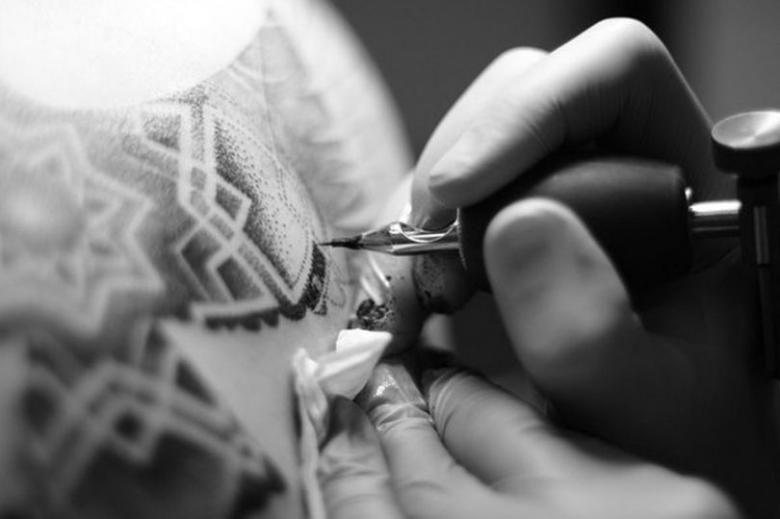
Reasons for the origin of the tattoo
It is believed that with the emergence of mankind tattoos decorated the body in the places of scars from the fight with neighboring tribes and with wild animals. Also invented insignia in the form of tattoos in order to highlight the important man.

Later, other reasons for tattoos appeared on the globe:
- The transition from childhood to adolescence. Boys who reached adolescence were initiated into men by making a mark in the form of a tattoo. Girls were given such a tattoo after they had their first period.
- Treatment. Tattoos were applied to the skin to prevent and cure diseases.
- Cosmetics. In the Majori tribe, women were tattooed along the outlines of their lips. It was something akin to cosmetics.
- Protection. The Eskimos, Yakuts, and Chukchi had a tattoo that protected the wearer from natural phenomena.
- Talisman. Tattoo was considered a talisman against various evil spirits, a talisman for good luck.
- Patronage. In certain tribes it was believed that people have protectors among animals. For example, a tattoo in the form of a bear or eagle protected from disasters and contributed to the work.
- Seduction. In Sumer and Babylon, women painted their bodies with signs of the celestial luminaries to attract the attention of men.
- Branding. Slaves were marked with a tattooed identification mark, and the mark singled out the offender.
- Intimidation. To create a militant and intimidating appearance in Polynesia, men were tattooed on their bodies in the form of shark teeth or spearheads.
- A sign of identification. Women of some nations had special tattoos to signify their marital status.
- Religion. Pilgrims made religious tattoos. Believers tattooed a cross or the initials of Jesus Christ.
- A license plate. In Russia under Peter I the soldiers dry powder on the wrist painted a cross and a number in order. It was necessary to know which army unit the wounded or killed warrior belonged to.

What did the ancient masters of tattooing use?
In ancient times, the tools used to apply tattoos were the simplest of instruments.
- The Indians used shark teeth and a hammer.
- In Thailand, they used a crushed bamboo stick.
- On the islands of the Pacific and Indian Oceans they practiced with stone fragments and fish bones.

The Slavs used animal bones and wooden sharpened sticks. They applied wood ash to their skin or used clay seals with dyes. Oyster secretion, colored clay, and plant sap were in the use of the peoples of the southern hemisphere. In other parts of the Earth charcoal and sap, soot, ochre, henna, cinnabar were used.

Attitudes to tattoos in the Christian era and the Middle Ages
Since the advent of tattoos, they have been treated positively. But in the Christian era, attitudes began to change: tattooing was banned, considering it a sin. Following scripture, church officials vetoed the application of body art. As Christianity was the dominant religion in Europe, tattoos on these territories was imposed a strict taboo.
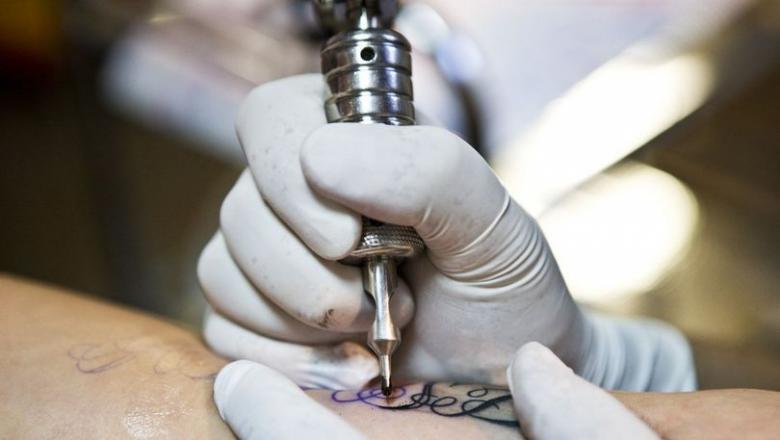
In the Middle Ages, it was easy to become a victim of the Inquisition, because body art was often considered to be symbols of the devil. The skin was covered with secret writings indicating significant events in a person's life.

Over time, tattoos that suggested a person's occupation became widespread. And the most popular tattoo acquired the sailors. Often sailors tattooed their beloved's name, a crucifix, a dolphin, a shark, a snake or even a rooster and a pig, supposedly as a protection against misfortune and considered a symbol of prosperity.
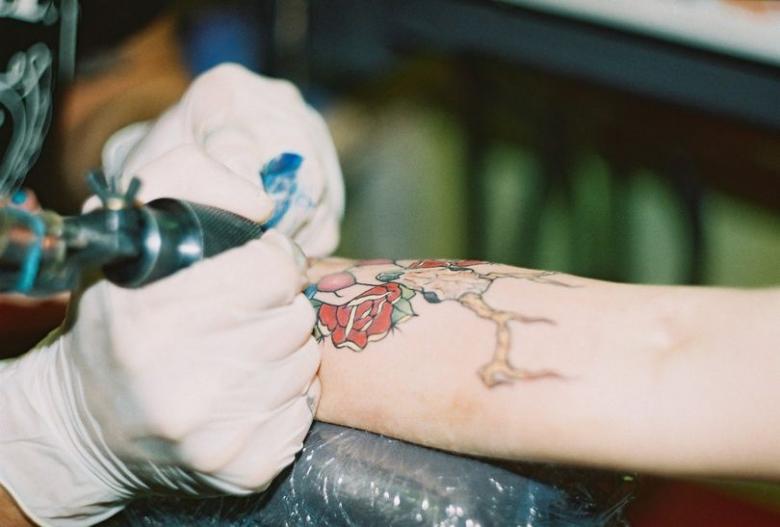
From the second half of the twentieth century, tattooing began to express individuality. Such a trend has survived to this day.
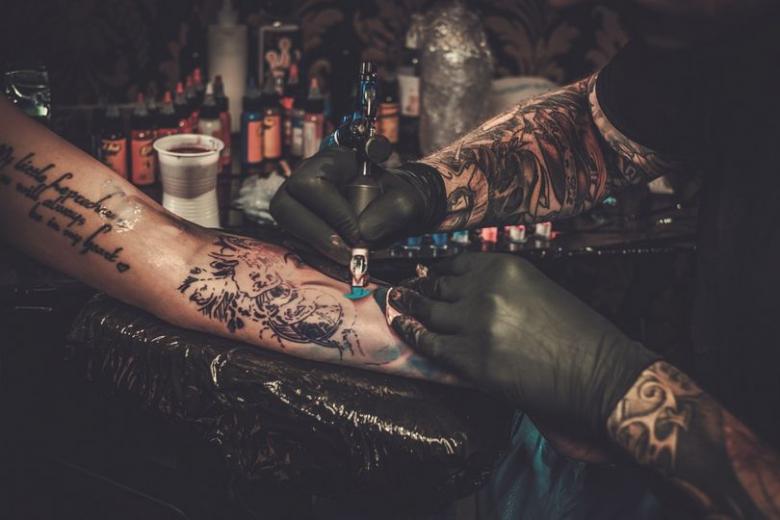
The modern history of the tattoo
The beginning of modern fashion on tattoo it is possible to consider 1891 when the American Samuel O'Reyli has created the first tattoo machine. Then came the first professional tattoo artists and special salons.
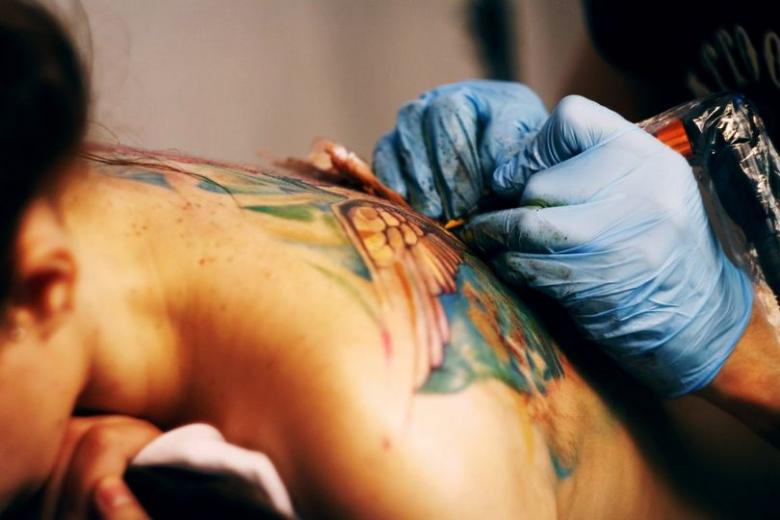
Initially, tattoos were thought to be inherent to the lower classes and outcasts. Nevertheless, in the 1800s and 1900s the grandchildren of Queen Victoria, Winston Churchill, his mother, and President Franklin Roosevelt all had tattoos.

Slowly, but society began to show interest in tattooing. Rock star Janis Joplin was the first to show that with a tattoo you can be both extraordinary and popular. Nowadays tattoos are very common among rock stars and elites of different countries.

There are also tattoo museums. One of the first museums was opened in San Francisco. The collection is dedicated to the art of tattooing and its history since 1898. Opened the museum Lyle Tuttle - tattooist many celebrities.

With the advent of the tattoo, which dates back some 6,000 years, people have added a number of functions to its meaning: protective, social, magical and decorative. In modern society, however, the tattoo is perceived as a way of self-expression.

